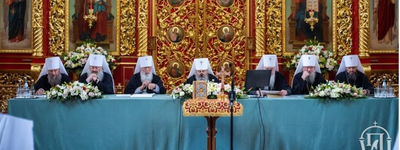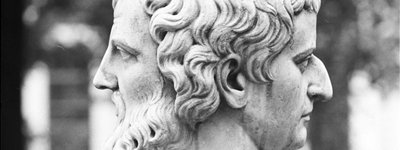The forgotten centre of unity between the monasticism of the Eastern and Western Churches on Mount Athos
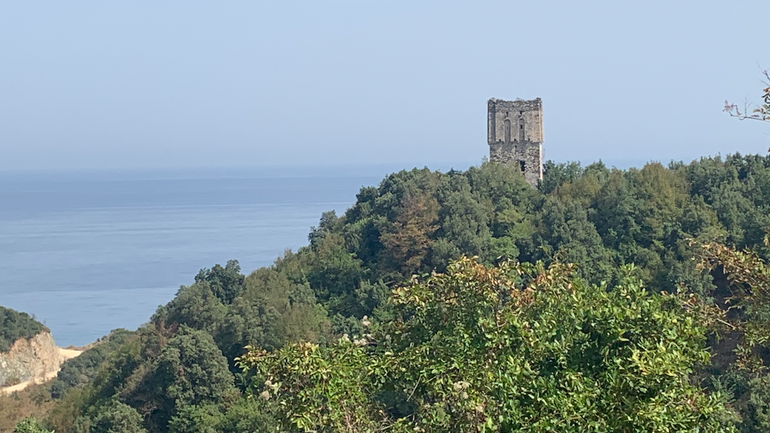
This Athonite monastery had a Benedictine statute and Latin rite, and the monks signed all Athonite documents in Latin. Spiritual life once abounded here and prayer was heard in Latin, but now there are impenetrable forest thickets and the inhabitants are only wild jackals, snakes and bats.

As everything around was heavily overgrown with trees and thorny bushes, we had to get through with the help of a machete lent to us by the Athonite monks, which we used to cut our way through. Ripped clothes and bloody wounds on hands and feet from thorny vines and bushes - this is a small price of this unique journey. Finally we reach the Amalfinon tower. Tired but happy...
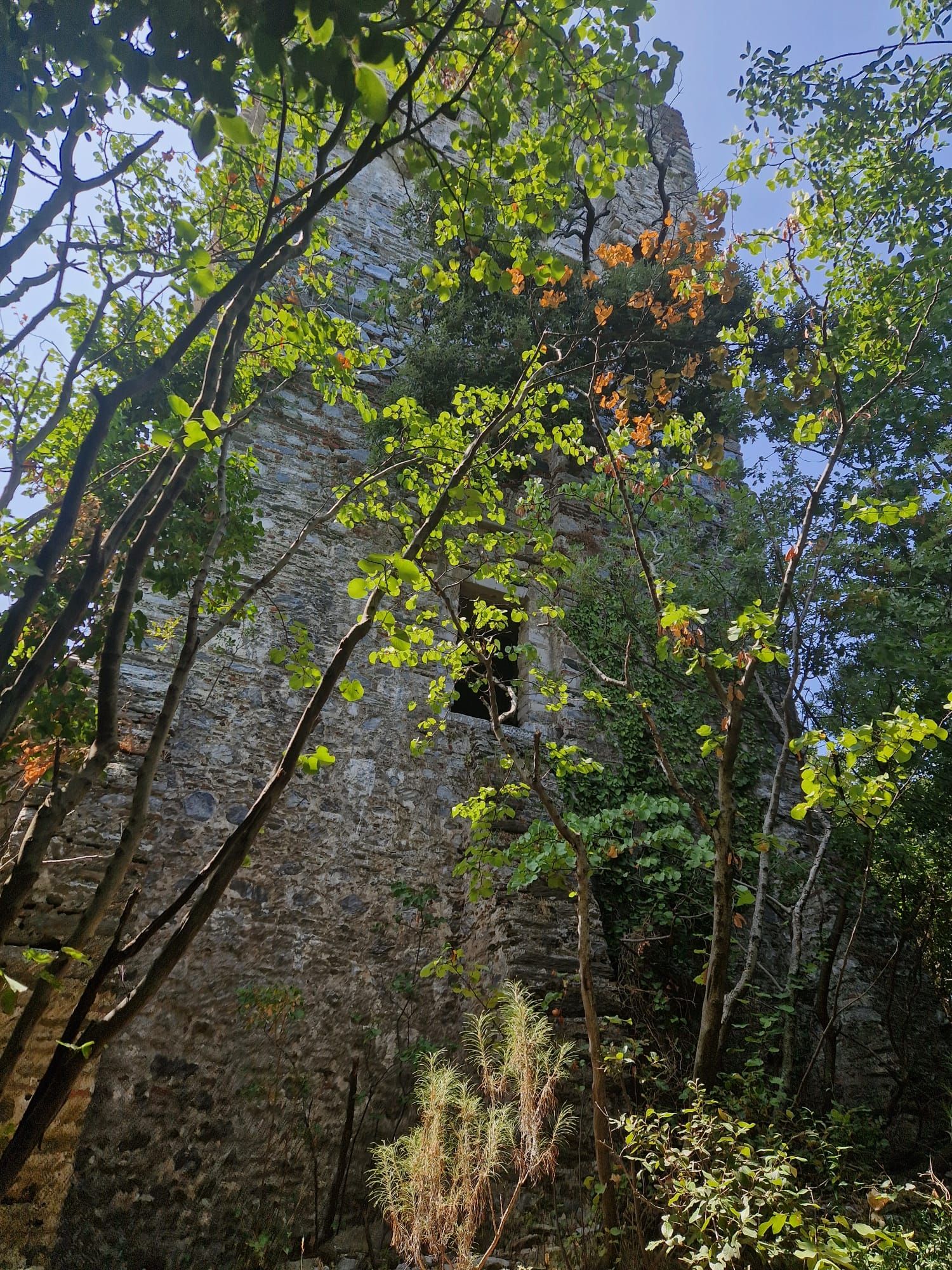
All that remains of the former majestic Latin monastery on the Holy Mountain is a medieval tower with battlement windows in the walls. The monks probably defended themselves from here against attacks by pirates and crusaders. As the wooden partitions between the floors had long ago rotted away, we could only climb to the upper floors of the tower with the help of ropes and a stepladder we had brought with us. There is a well in the middle of the tower, which was the only source of water during the siege of the monastery. All other monastery buildings have not been preserved. In the middle of the dense forest, only ruins can be seen here and there from under the ground and dense bushes, waiting for researchers. Conducting archaeological research here in the future will reveal a lot of unknowns about the history of Mount Athos, as well as about the links between the monasticism of the Eastern and Western Churches.

The monastery ‘Amalfion’ (from the Italian town of Amalfi, where the first monks of this Athos monastery came from) was founded in the 980s by Fr Leo of Benevent, who came to Athos from the ‘Roman land’ together with six other Benedictine monks. The patrons of the Latin monastery on Mount Athos were St Athanasius the Athonite and St John of Iberia, and the monasteries of Iviron and Great Lavra significantly supported and assisted these Latin monks in the beginning of the formation of their monastic community. Thus we see a definite alliance of Greek, Georgian and Latin monks during this period on the Holy Mountain.
The first signatures of Western European monks (in Latin) on Athonite acts date from 984 and 985. The Latin Athonite monastery and its first inhabitants are mentioned in the hagiographies of St Athanasius and of St John and St Euthymius of Iberia. The Iberian ascetic Gabriel, with whom the miracle of the appearance of the famous Iberian Icon of the Mother of God (early 11th century) is associated, was impressed and inspired by the deeds of the founder of Amalfion, Fr Leo of Benevento.
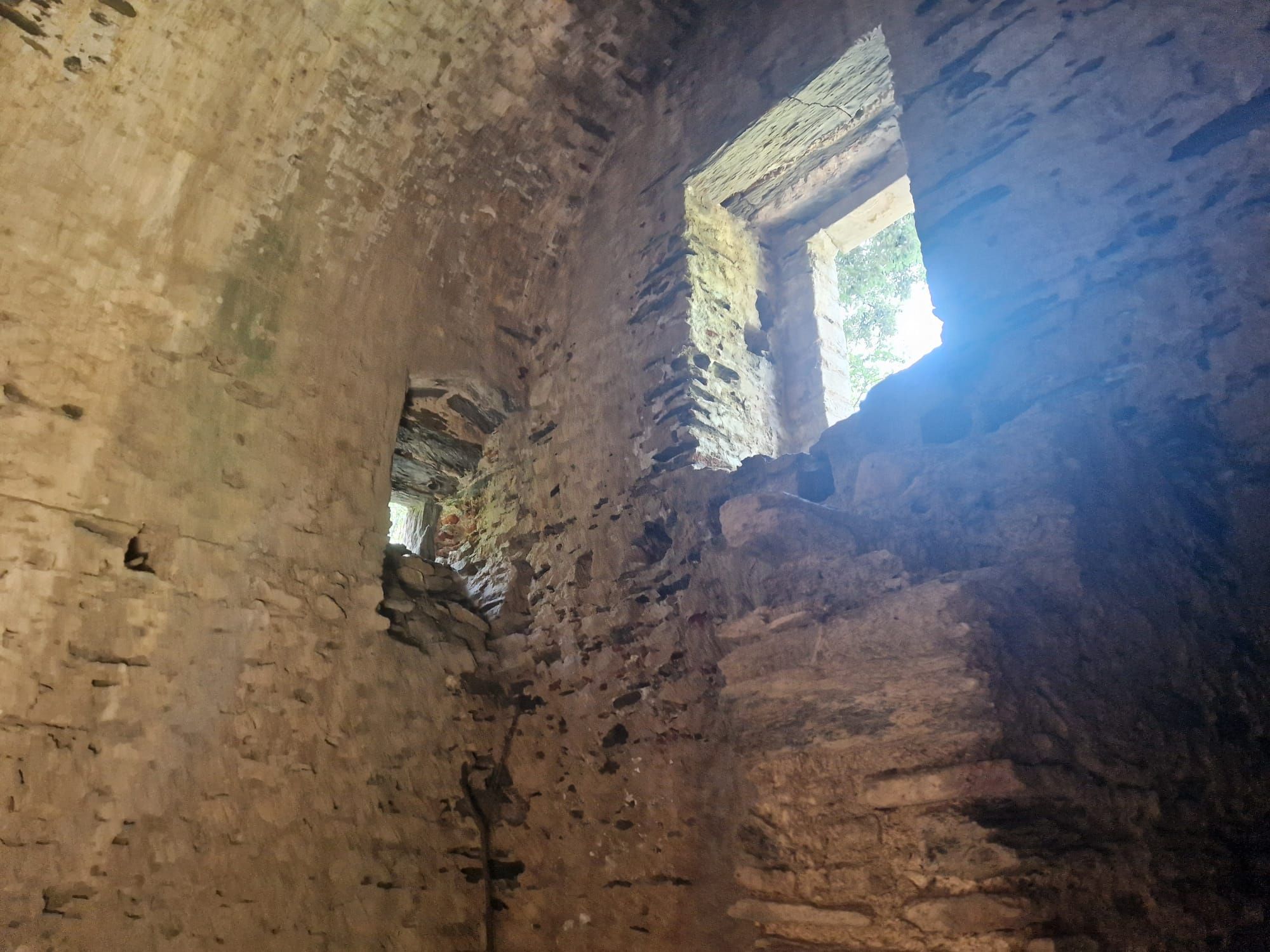
It is known that one of the ‘Amalfion’ monks named John in 997 became the 29th abbot of the famous Benedictine Abbey of Montecassino in Italy, founded in the 6th century by St Benedict of Nursia. This is narrated in detail by the author of the Chronica monasterii Casinensis, a monk of this abbey and future Cardinal Leo of Ostia (ca. 1045 - 1117). He reports that on Mount Athos, St Benedict of Nursia appeared to John in a vision, handed him the abbot's staff and ordered him to return to the Abbey of Montecassino, where he was soon elected abbot. Another former monk and abbot of Montecassino Abbey, the future Pope Blessed Victor IIII (ca. 1026 - 1087), recalls this story.
The Latin monastery ‘Amalfion’ was dedicated in honour of the Virgin Mary and occupied a high place in the hierarchy of Athonite monasteries, along with the Great Lavra, Iviron and Vatopedi.

It is interesting that the signatures of these Latin monks are on the Athonite act of 1016, where the Old Rus Athonite monastery was first mentioned, as well as on the act of 1169 on the transfer of the monastery of St. Panteleimon (‘Old Rusik’ or ‘Rossocon’) to the Old Rus monks, and others. Thus, the Latin Athonite monks had a certain relation to the foundation and support of the Old Rus monastery ‘Xilurgu’, and later the monastery of St. Panteleimon (‘Rusik’ or ‘Rossocon’).
Since the Benedictine monks of Amalfi were greatly honoured for their asceticism and righteousness by Saint Athanasius of Athos, the holy founding fathers of the Iberian Monastery and other Athonite ascetics, it cannot be excluded that St Anthony of Kyiv-Pechersk, who later returned from the Holy Mountain to Kyiv with the blessing of the Athonite monks and founded the Kyiv-Pechersk Monastery, could have been acquainted with them here on the Holy Mountain during this period.

When in 1198 the founder of the Serbian ruling dynasty and father of Saint Sava of Serbia, the Grand Zupan Stefan Nemanja (later monk Simeon; 1113-1199), in his address to the Byzantine emperor, justified the necessity of founding a separate Serbian monastery on Mount Athos, he referred to the example of the existence of the Latin monastery ‘Amalfion’ as an example of the international status of the monastic republic on the Holy Mountain.
From the documents of 1169, 1198 and other years we see that the Latin monastery ‘Amalfion’ continued to exist even after the great schism of 1054, serving as a kind of bridge of spiritual unity between the monasticism of the Eastern and Western Churches more than 200 years later.
It is an interesting fact that Pope Innocent III (1161 - 1216) took the monasteries of Mount Athos under his direct patronage and in his letters of 1211 and 1214 protected them from the encroachments of Latin bishops and attacks of crusaders. It is possible that this patronage was made possible through the mediation of Latin Athonite monks.
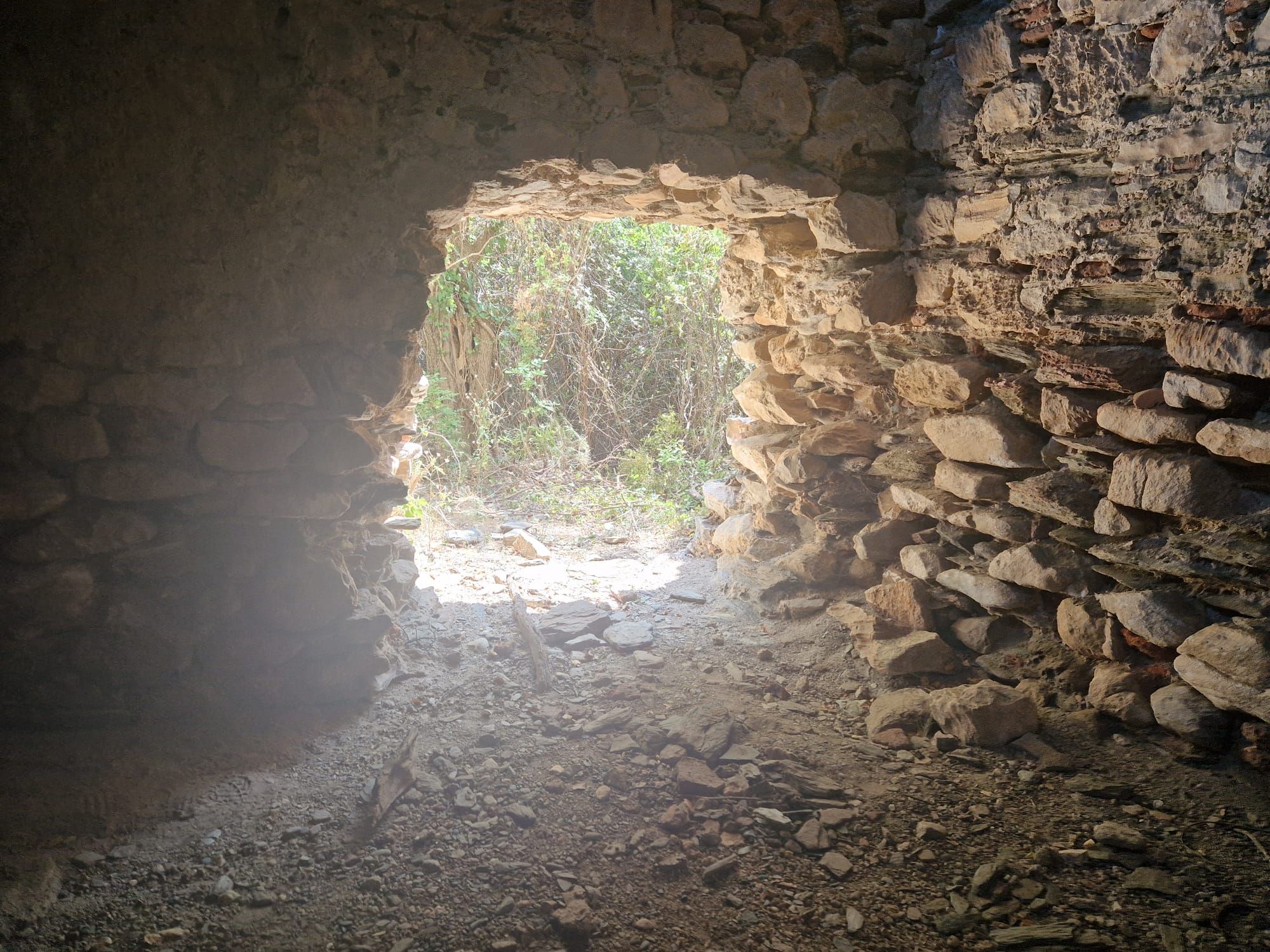
‘Amalfion’ fell into decline and ceased to exist as an independent monastery after 1287. It is believed to have suffered greatly from attack and plundering by the Crusaders, after which it fell into disrepair. It was handed over to the Great Lavra by the Byzantine Emperor Adronikos II Paleologos, but even after that monastic life continued within the walls of the monastery for several more centuries, until it finally ceased to exist.
The fate of this monastery and its brotherhood is a unique and little-known page of the international heritage and history of the Holy Mountain and the spiritual unity and interrelationship of the monasticism of the Eastern and Western Churches.
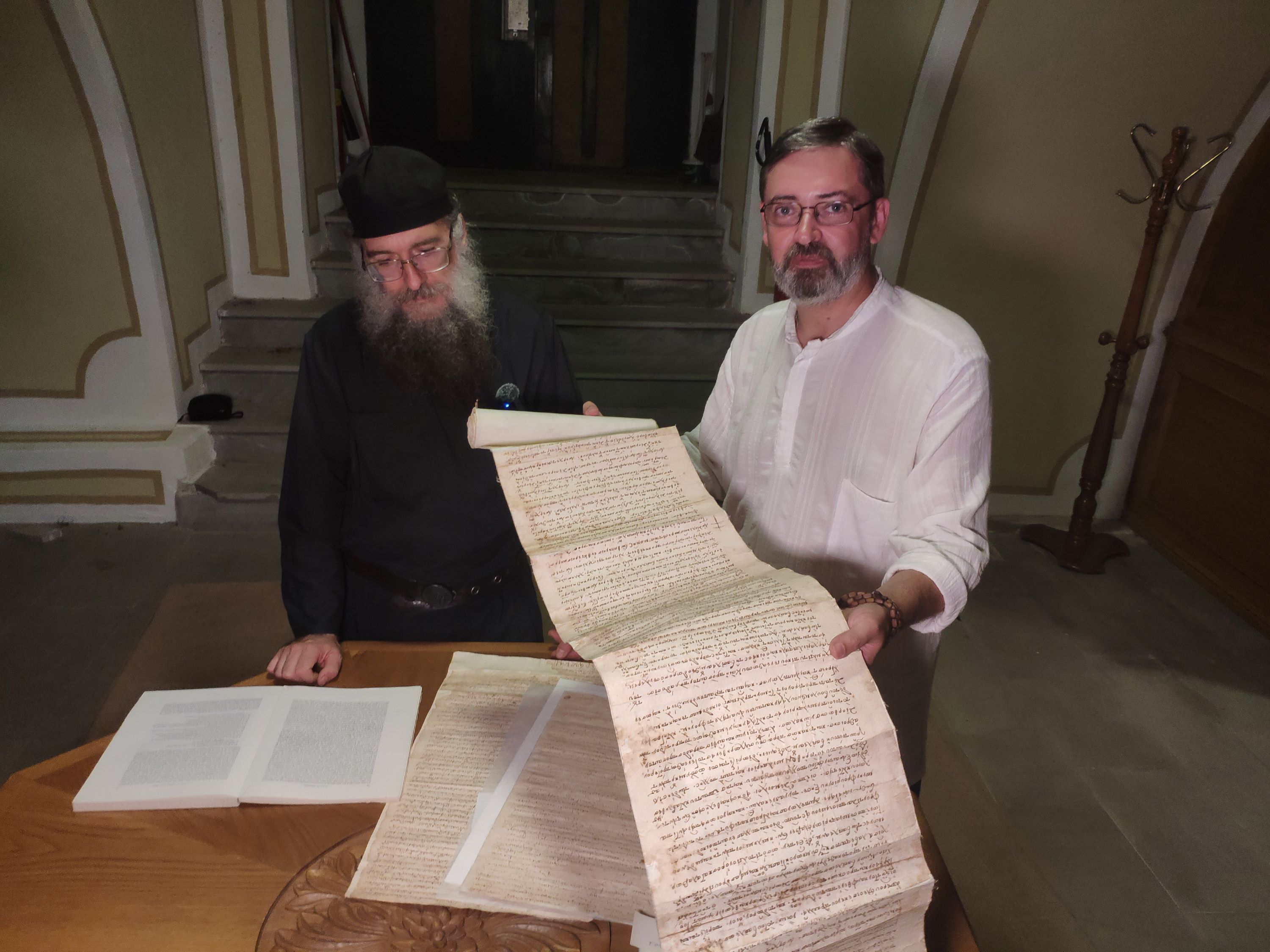
These and many other images and information will be presented in detail in a unique documentary film about the Amalfion Monastery, which will soon be broadcast on the international French television channel KTO (Télévision catholique française). My sincere thanks to the French production agency Nomade-productions, which is financing the making of the film. My thanks also go to the Collège de France, which, as part of its long-standing co-operation with our International Institute of Athonite Legacy, has given us access to its unique microfilmed Athonite archives. My gratitude also goes to the director of the film Alexey Vozniuk and all those involved in this unique journey and the filming of the film on Mount Athos. It was a pleasure to work with such a professional team. This film is definitely worth watching, don't miss it. It will tell you about the forgotten pages of the history of the Latin monastery of Amalfion, as well as about modern life and the rich and multifaceted heritage of Mount Athos.
##DONATE_TEXT_BLOCK##





